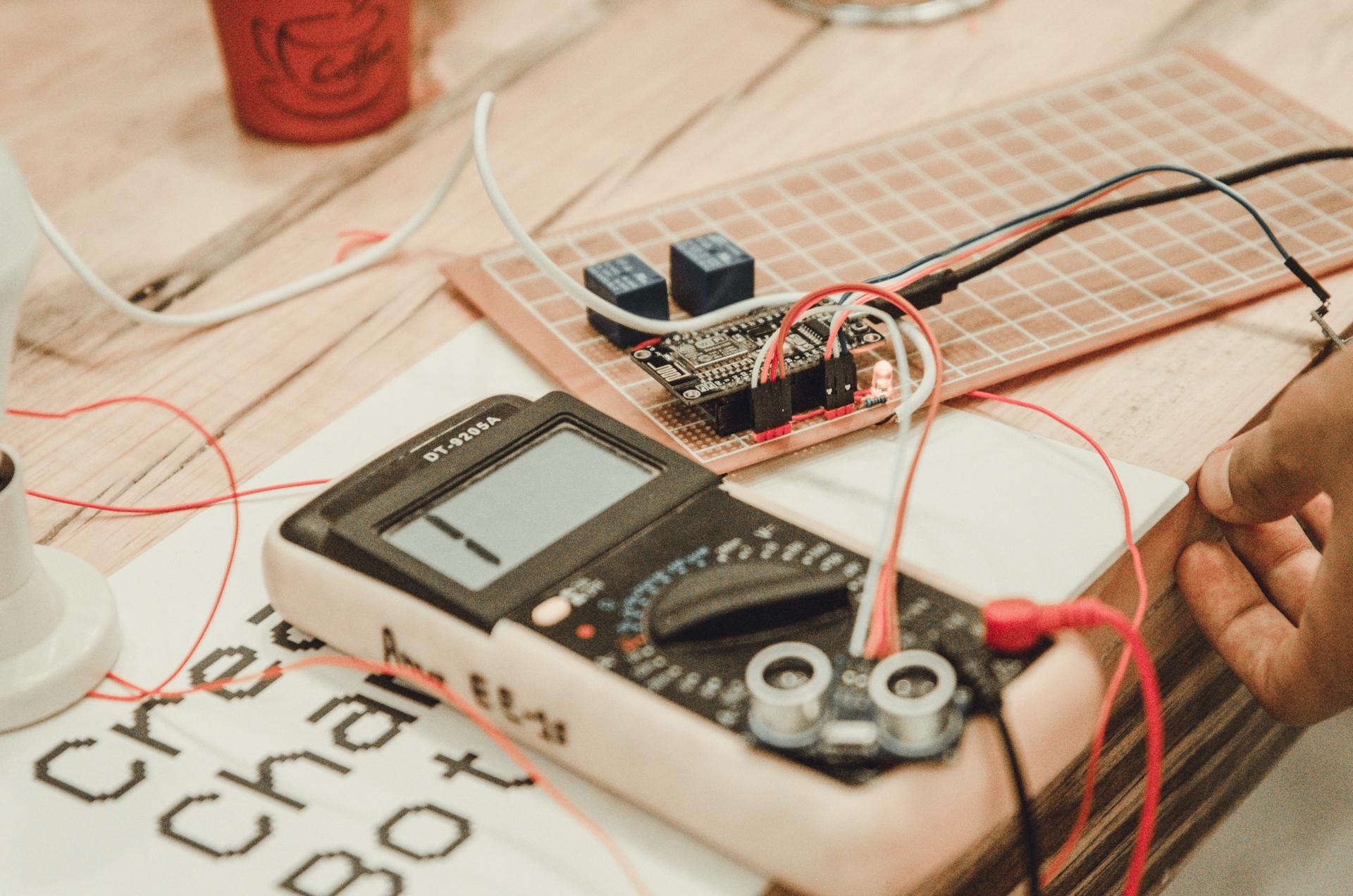Don't Risk Your Security: Follow These Steps to Perform an Electrical Safety Test at Your Place.

In the realm of home safety, one of the most crucial areas to consider is the safety of electrical wiring. Electrical safety testing is the procedure of testing the electrical system within your home to make sure that it’s safe and current. In this article, we’ll provide you with the basics of what electrical safety tests are, what equipment you’ll require to conduct them, the best method to perform the tests, and what warning signs to be aware of.
What exactly is an Electrical Safety Test?
An electrical safety test is the process of inspecting the electrical system within your home to verify that it is safe and working correctly. Electrical safety tests are important as they can prevent electrical accidents and fires and also ensure the long-term durability that your electric system has.
Equipment Required to conduct an electrical Safety Test
In order to conduct an electrical safety check, you’ll need some essential equipment. These include an electrical voltage tester as well as a continuity tester, circuit tester, as well as outlets tester. A voltage tester can test for live circuits, whereas the continuity tester checks for circuits that are damaged. The circuit tester is utilized to detect wiring problems and outlets testers are used to check for wiring problems in the outlets. It’s important to use the tools correctly in order to obtain exact results.
How do you conduct an electrical Safety Test
To conduct an electrical safety test at your home take these steps:
Switch off the power source on the circuit or circuits you’re testing.
Use this voltage tester to check whether there are live circuits.
Utilize the continuity tester to look the integrity of your circuit.
Make use of the circuit tester for checking for wiring faults.
Utilize the tester for outlets to find any wiring issues in the outlets.
When testing, be sure to look for any signs of damage or wear on the wires that could indicate frayed or broken wires, burn marks as well as loose or damaged connections. If you find any issues you need to fix the issues as soon as you can to prevent any potential dangers.
Signals of electrical problems to be Watchful For
There are many warning signs that could indicate electrical problems in your house. They include flickering light bulbs and frequent circuit breaker trips noises that crackle or buzz from outlets, the appearance of outlets that are discolored or hot, and a burning smell. If you spot any of these indications, you should take action immediately to avoid any electrical dangers.
Conclusion
Safety tests for electrical appliances are essential for ensuring the safety of your home and your family. By performing regular tests and addressing any issues promptly you will be able to prevent dangers to your electrical system and prolong the lifespan of your electrical system. If you need assistance with electrical testing or repairs, don’t hesitate to contact Local Electrician Blacktown. Our experienced team can provide you with expert guidance and support. Contact us via 1300 941 876 to schedule an appointment or request a quotation.
FAQ Section
How often should I conduct an electrical safety test at my home?
We recommend conducting tests of electrical safety at least once a year.
Do I have the ability to conduct the electrical test on my own or do I need the help of a specialist?
While you can perform tests for electrical safety by yourself however, it’s advised to employ an expert to ensure the accuracy of results and avoid potential hazards.
Are there any frequent electrical problems that can be found in an electrical safety check?
The most common electrical problems found during a safety test are defective wiring, circuits that are overloaded and outdated electrical systems.
What should I do if find an issue during the electrical safety check?
If you discover a problem in the electrical safety test it is important to take action immediately. This could include calling an expert electrician to resolve the issue, or replacing faulty equipment.
